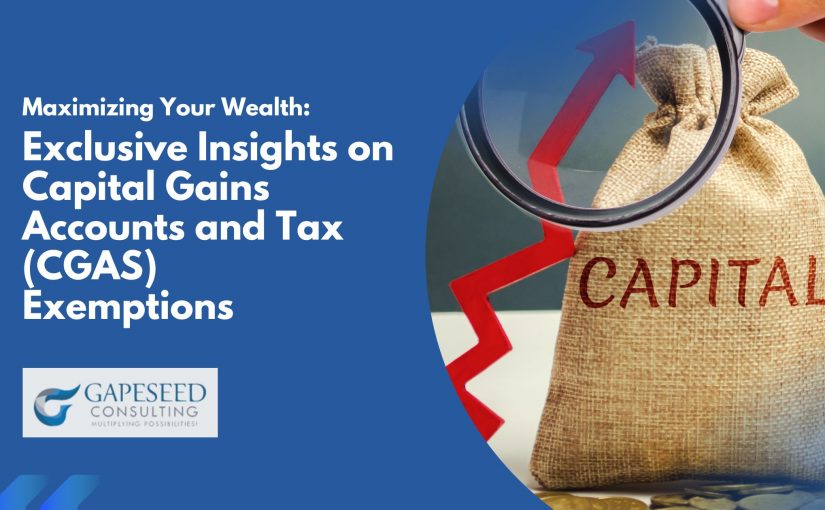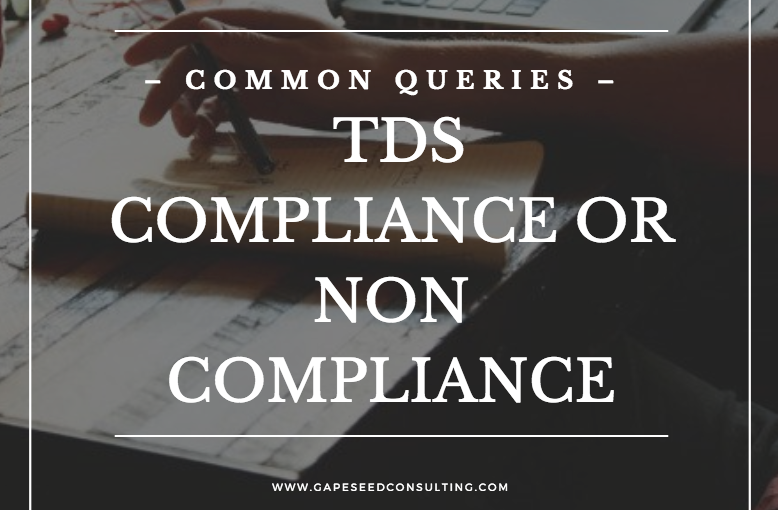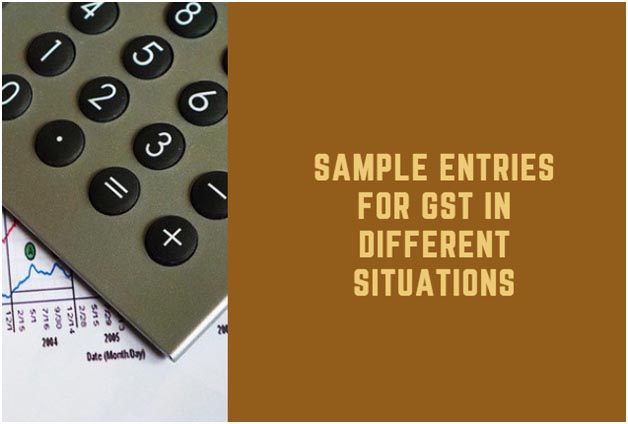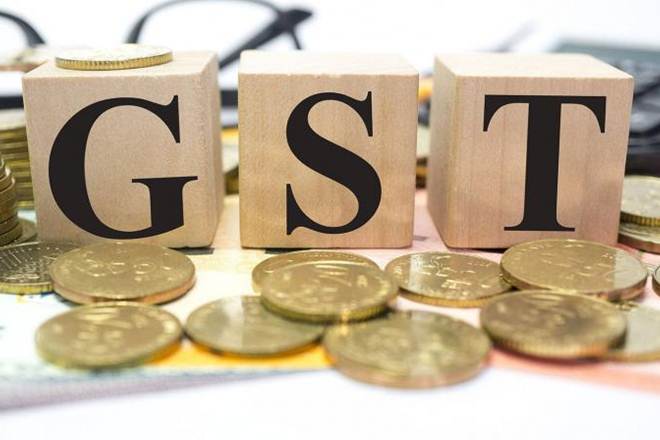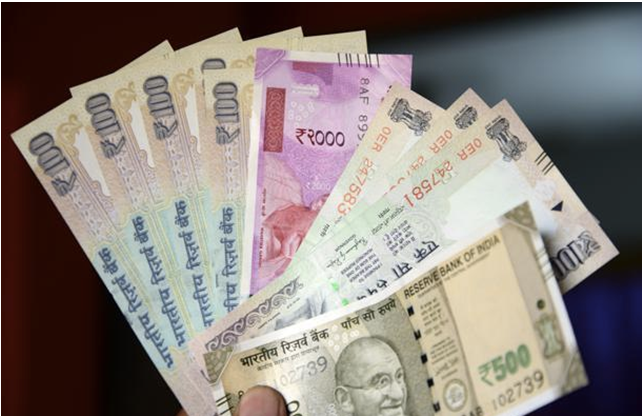At Gapeseed Consulting, we believe that the cornerstone of successful financial management lies in impeccable compliance with Tax Deducted at Source (TDS) regulations. TDS is more than just a statutory obligation; it’s a strategic tool that ensures your business operates smoothly and maintains a strong relationship with regulatory authorities.
Unlocking the Power of TDS
Tax Deducted at Source (TDS) is a crucial aspect of the Indian taxation system, ensuring taxes are collected at the point of income generation. This not only streamlines the tax collection process but also helps in preventing tax evasion. By deducting tax at the source, businesses contribute to a more robust and transparent tax system.
The Critical Role of TDS Compliance
- Preventing Costly Penalties: Avoid hefty fines and interest charges that arise from non-compliance. Stay ahead of deadlines and regulations with Gapeseed Consulting by your side.
- Building Credibility and Trust: Consistent TDS compliance enhances your business’s reputation among investors, financial institutions, and regulatory bodies, fostering trust and credibility.
- Ensuring Smooth Financial Operations: With proper TDS management, you can focus on your core business activities, free from the worry of legal complications and financial disruptions.
Essential Elements of TDS Compliance
- Timely Deduction and Deposit: Accurate and prompt deduction of TDS ensures compliance and avoids unnecessary penalties.
- Precise Filing of TDS Returns: Quarterly TDS returns must be filed accurately to prevent notices and penalties. Our expertise ensures your returns are flawless and timely.
- Issuance of TDS Certificates: Providing TDS certificates like Form 16 and Form 16A to deductees is crucial for their tax filings and builds trust in your business practices.
- Comprehensive Documentation: Maintain meticulous records of all TDS-related transactions to ensure seamless audits and verifications.
TDS Compliance Calendar
Payment Due Dates:
- 7th of Every Month: Payment of TDS deducted in the previous month.
Return Filing Due Dates:
- 31st July: Filing of TDS return for Q1 (April-June).
- 31st October: Filing of TDS return for Q2 (July-September).
- 31st January: Filing of TDS return for Q3 (October-December).
- 31st May: Filing of TDS return for Q4 (January-March).
TDS Certificate Issuance Due Dates:
- 31st May: Issuance of Form 16 to employees for the financial year.
- 15th June: Issuance of Form 16A for TDS deducted in Q4 (January-March).
- 15th August: Issuance of Form 16A for TDS deducted in Q1 (April-June).
- 15th November: Issuance of Form 16A for TDS deducted in Q2 (July-September).
- 15th February: Issuance of Form 16A for TDS deducted in Q3 (October-December).
Overcoming TDS Compliance Challenges
- Navigating Complex Regulations: Our experts stay updated with the latest TDS regulations, guiding you through any changes effortlessly.
- Eliminating Calculation Errors: With precise interpretation and calculation, we ensure that your TDS deductions are accurate, minimizing risks.
- Leveraging Advanced Technology: We utilize cutting-edge software to streamline TDS calculation, deduction, and filing, making the process hassle-free for you.
Gapeseed Consulting: Your Partner in TDS Compliance
At Gapeseed Consulting, we offer end-to-end TDS compliance solutions tailored to your business needs. Our services include:
- Expert Advisory: Personalized advice on TDS applicability, rates, and deductions to ensure you’re always compliant.
- Seamless Return Filing: We handle the complexities of quarterly TDS return filings, ensuring accuracy and punctuality.
- Efficient Certificate Management: From issuing to managing TDS certificates, we make the process smooth and error-free.
- Continuous Training and Support: Keep your team updated with ongoing training and support, ensuring they’re well-versed in TDS regulations and best practices.
Take the Next Step Towards Effortless Compliance
Don’t let TDS compliance be a burden. Partner with Gapeseed Consulting and experience the peace of mind that comes with knowing your financial operations are in expert hands.


